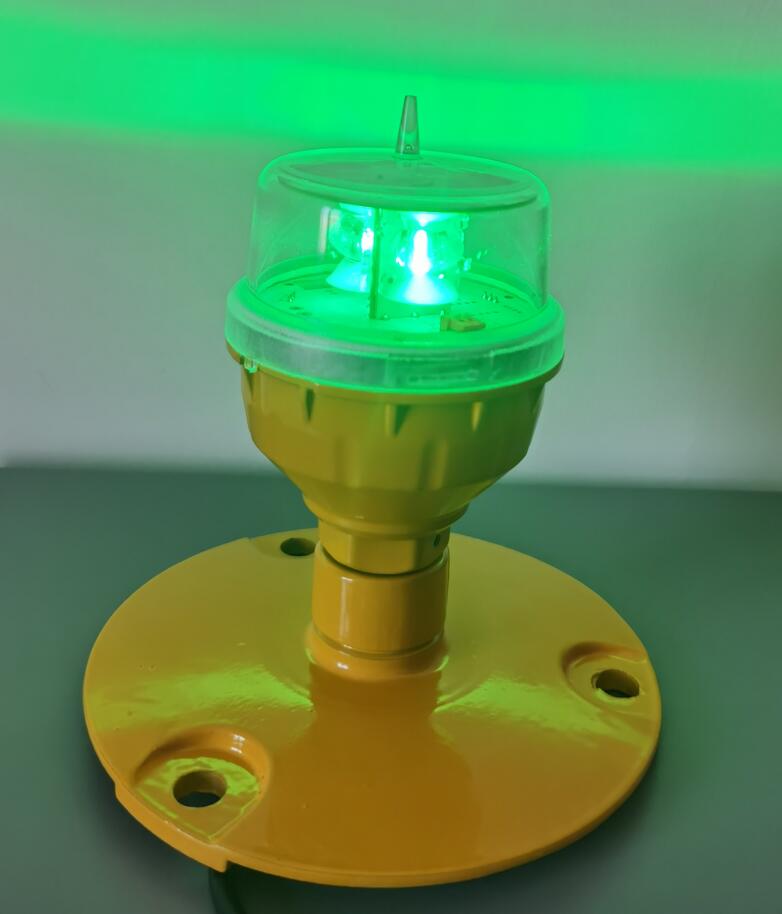Revolutionizing Aviation Safety: The Role of Heliport Perimeter Light Systems
In the world of aviation, safety is paramount, and every component of infrastructure plays a crucial role in ensuring secure operations. Among these, the heliport perimeter light stands out as a vital element in guiding pilots during takeoff, landing, and maneuvering. As helicopter usage expands across industries such as emergency services, offshore operations, and urban air mobility, the demand for advanced and reliable heliport perimeter light systems has surged. This article delves into the significance of heliport perimeter lights, their evolving technology, and their impact on aviation safety and efficiency.
The Importance of Heliport Perimeter Lights
Heliport perimeter lights are designed to outline the boundaries of a helipad, providing pilots with a clear visual reference during operations. These lights are especially critical in low-visibility conditions, such as nighttime, fog, or heavy rain, where spatial awareness is limited. By defining the edges of the landing area, heliport perimeter lights help prevent accidents caused by misjudging the helipad's dimensions or drifting outside the safe zone.
Key Features of Modern Heliport Perimeter Light Systems
High-Intensity LED Technology: Traditional incandescent lights have largely been replaced by energy-efficient LED lights in modern heliport perimeter light systems. LEDs offer superior brightness, longer lifespans, and lower power consumption, making them ideal for continuous operation. Their durability also reduces maintenance costs and downtime.

Solar-Powered Solutions: Many heliport perimeter light systems now incorporate solar panels, enabling them to operate independently of external power sources. This is particularly beneficial for remote or offshore heliports, where access to electricity may be limited. Solar-powered systems are not only cost-effective but also environmentally friendly.
Weather Resistance and Durability: Heliport perimeter lights are exposed to harsh environmental conditions, including extreme temperatures, heavy rainfall, and strong winds. Modern systems are built with rugged materials and protective coatings to ensure reliable performance in all weather conditions.
| heliport perimeter light |
| heliport perimeter lights |
Smart Control and Automation: Advanced heliport perimeter light systems often feature intelligent controls that allow for remote monitoring and adjustment. These systems can automatically adjust brightness based on ambient light levels or be programmed to activate only when a helicopter is approaching, further enhancing energy efficiency.
Customizable Configurations: Different heliports have unique requirements based on their location and purpose. Modern perimeter light systems offer customizable configurations, allowing operators to tailor the setup to their specific needs. For example, urban heliports may require compact and aesthetically pleasing designs, while offshore heliports need highly durable and corrosion-resistant systems.
Applications Across Industries
Heliport perimeter lights are indispensable across a wide range of industries:
Emergency Medical Services (EMS): In EMS operations, time is of the essence. A well-lit heliport ensures that medical helicopters can land and take off safely, even in challenging conditions, enabling rapid response to emergencies.
Offshore Operations: Offshore heliports, often located on oil rigs or ships, face unique challenges such as saltwater corrosion and limited space. Advanced perimeter light systems designed for these environments ensure safe operations in remote and demanding locations.
Urban Air Mobility (UAM): As the concept of flying taxis and urban air mobility gains traction, heliports in cities will become more common. Perimeter light systems in these settings must be compact, energy-efficient, and capable of integrating with existing urban infrastructure.
The Future of Heliport Perimeter Light Systems
The future of heliport perimeter light systems lies in further integration with emerging technologies. For instance, the use of augmented reality (AR) could provide pilots with enhanced visual cues during landing. Additionally, the incorporation of Internet of Things (IoT) technology could enable real-time data sharing between heliports and aircraft, further improving safety and efficiency.
Moreover, as the aviation industry moves toward greener practices, the development of fully solar-powered heliport perimeter light systems will likely become a standard. These systems not only reduce operational costs but also align with global sustainability goals.
The heliport perimeter light is more than just a boundary marker; it is a critical safety feature that ensures the smooth and secure operation of helicopters across diverse environments. With advancements in LED technology, solar power, and smart controls, modern heliport perimeter light systems are setting new standards in aviation safety. As the demand for helicopter services continues to rise, these innovations will play a crucial role in shaping the future of aviation, making it safer, more efficient, and environmentally friendly. Whether in bustling cities or remote offshore locations, the heliport perimeter light remains an unsung hero of the skies.
